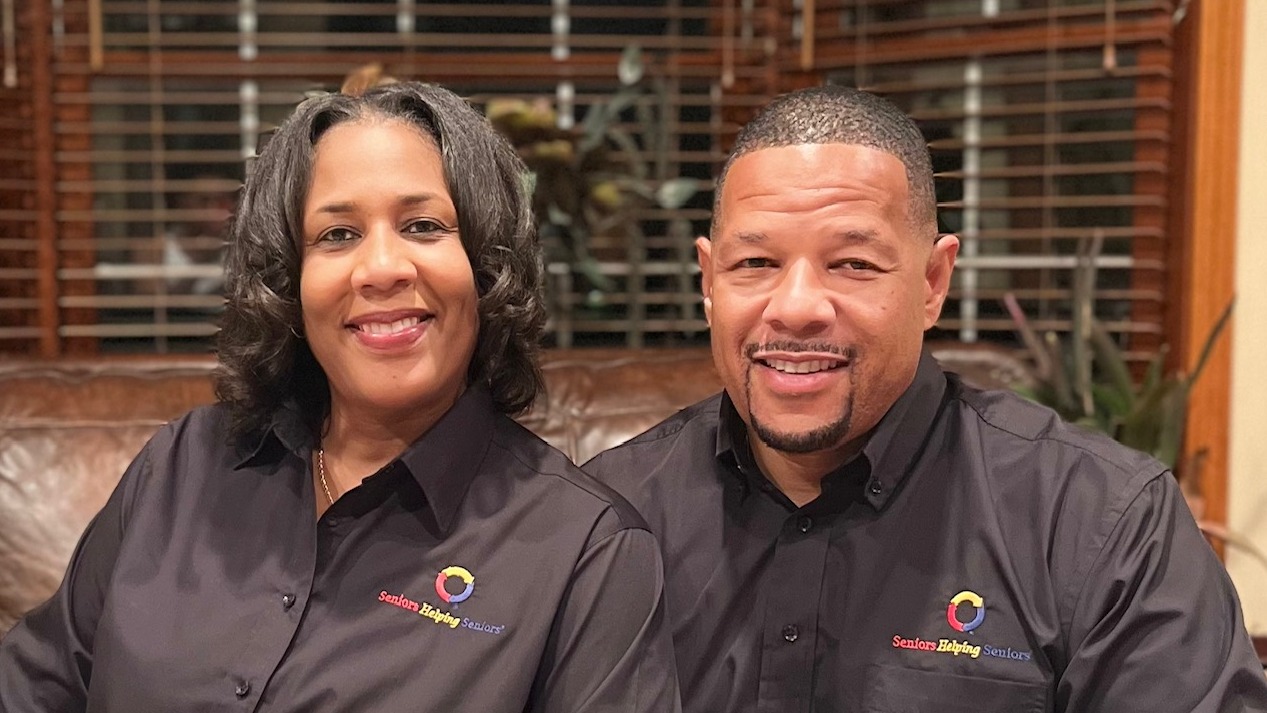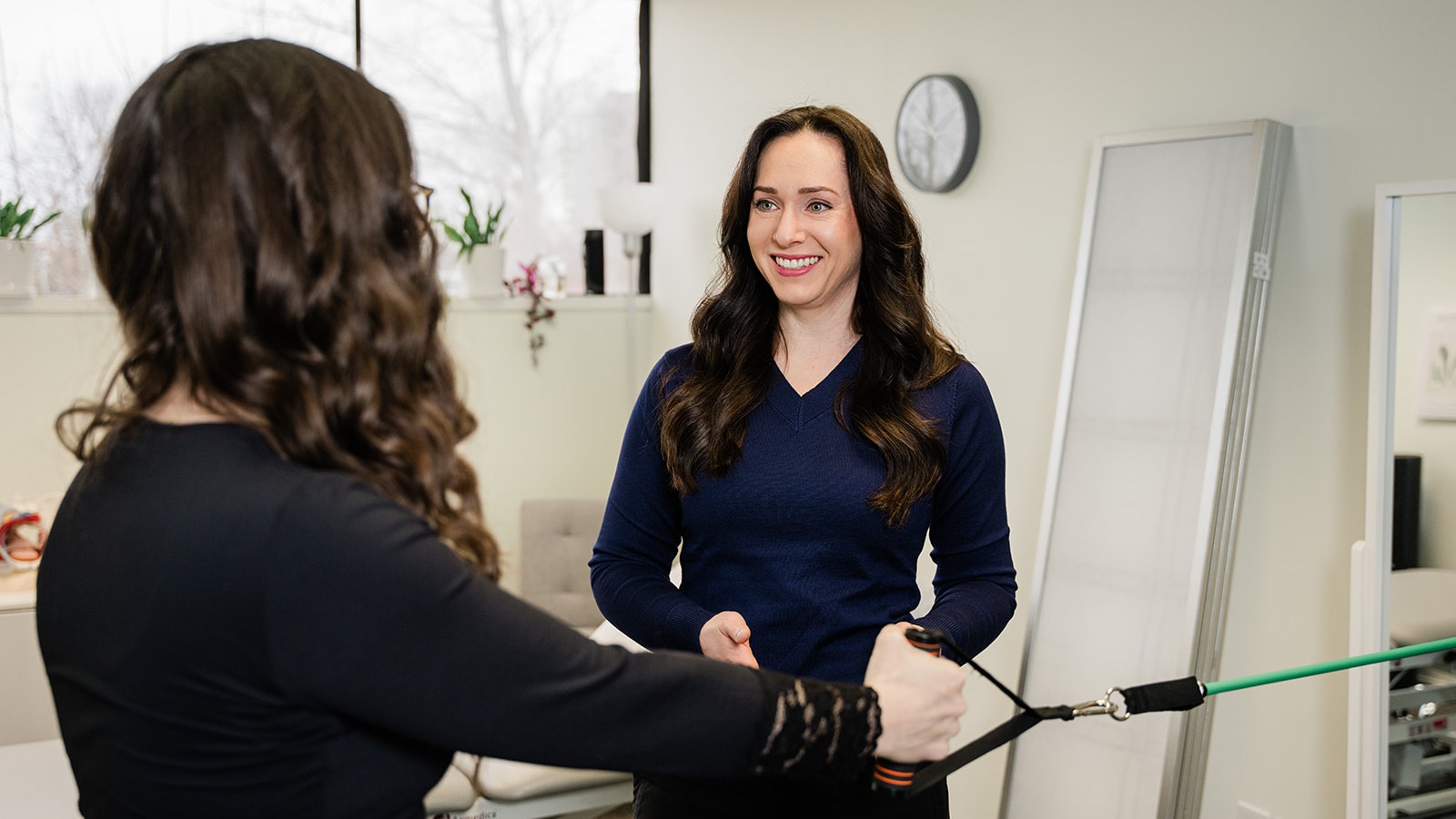Introduction

In a world where the aging population is growing rapidly, the need for compassionate and effective home care providers is more critical than ever. Sheila and Joseph Samples, the dedicated duo behind Seniors Helping Seniors Farmington Hills, are redefining what it means to offer in-home care for seniors.
With personal experiences and a heartfelt mission, they bring a fresh perspective to caregiving, ensuring that seniors receive not just care, but companionship and dignity in their golden years. This article delves into their journey, insights, and the unique services they offer to the community.
The Journey to Seniors Helping Seniors
Sheila and Joseph's journey into the world of home care providers began with personal experiences. As Sheila recounts, "We both took care of our parents to the end of their life. In that process, we enlisted some in-home care agencies, some great, some not so great. This inspired us to provide better care for seniors."
Their firsthand experiences highlighted the importance of quality in-home care, motivating them to establish Seniors Helping Seniors in Farmington Hills.
The Dynamic Duo: A Holistic Approach to Care
Running a business as a couple has its unique advantages. Joseph explains, "Men are from Mars and women are from Venus. We think differently, hear different things, and this helps us approach situations holistically."
Their complementary perspectives enable them to address the diverse needs of families seeking support, ensuring that every client receives personalized and comprehensive care.
Identifying the Need for Support from A Home Care Provider

Recognizing when a loved one needs additional support can be challenging. Joseph notes, "Signs include clutter in the home, lack of hygiene, or a refrigerator overwhelmed with expired items."
Sheila adds, "Often, it's the spouse or children who notice these changes." Understanding these signs can help families seek the right support before burnout sets in.
Relieving Caregiver Burnout
Caregiver burnout is a real concern for many families. Sheila emphasizes the importance of respite care, "We provide that break for families, so they can visit their loved ones without the stress of caregiving tasks."
Joseph adds, "When families visit, they should be able to enjoy their time together, not spend it cleaning or worrying about chores."
Companion Care: Building Friendships, Not Just Services
At the heart of Seniors Helping Seniors is the concept of companion care. Joseph believes that "an individual who feels cared for by someone they consider a friend responds better."
Sheila adds, "Our caregivers dress in normal clothing to feel like a familiar face, not a clinical presence." This approach fosters genuine connections, transforming clients into friends.
Tailoring Care to Individual Needs
Matching caregivers with clients is akin to matchmaking. Joseph describes the process, "We spend time understanding both the caregiver's and client's backgrounds, likes, and dislikes to ensure a perfect match." This thoughtful approach ensures that seniors have home care providers that they can relate to and trust.
Aging in Place: The Importance of Home
For many seniors, remaining in their own home is crucial. Joseph explains, "Aging in place allows seniors to maintain traditions and memories in their familiar environment."
Sheila adds, "We've seen both great facilities and others that are lacking adequate care, and staying at home can often be the best option for maintaining quality of life."
Success Stories: Life-Changing Connections
Sheila shares a heartwarming story of a client who found companionship through a shared love of sewing with her caregiver. "They've become thick as thieves, attending church together and forming a genuine bond."
Joseph recounts another tale of a male caregiver who became a much-needed friend to a lonely senior. These stories highlight the profound impact of personalized care.

Conclusion
Sheila and Joseph Samples have created a haven for seniors seeking compassionate in-home care and for seniors who have the capacity to help others. Their dedication to treating clients like family, combined with their unique approach to caregiving, sets them apart as leaders in the field.
For those considering home care provider options, Seniors Helping Seniors Farmington Hills offers not just services, but a community of support and friendship. To learn more about their offerings, visit their website at
https://shsfarmingtonhills.com and discover how they can help your loved ones age with dignity and joy.
 Add Row
Add Row  Add
Add 




Write A Comment